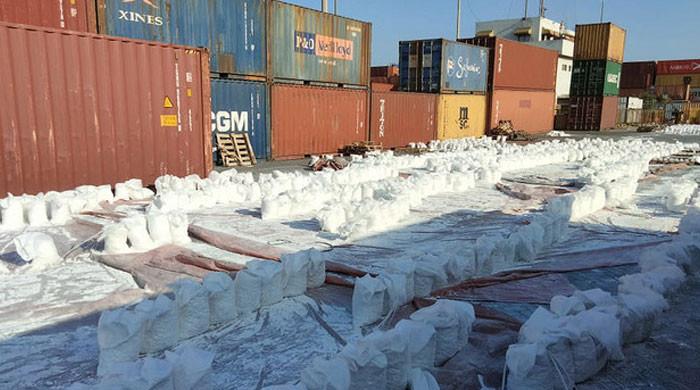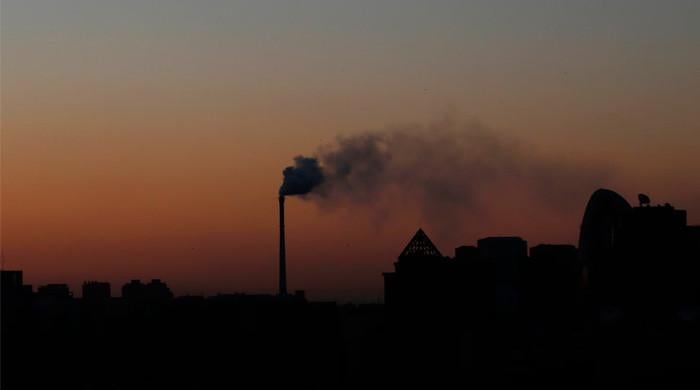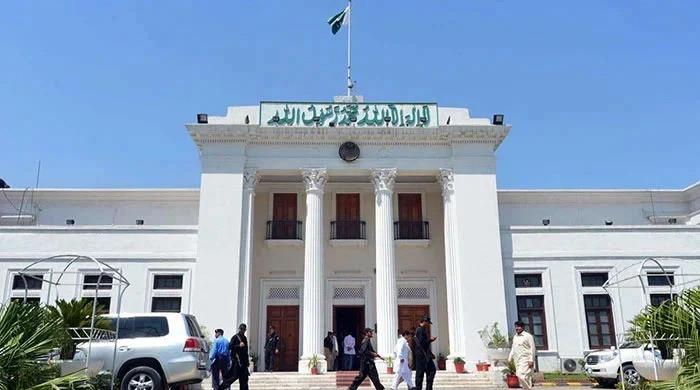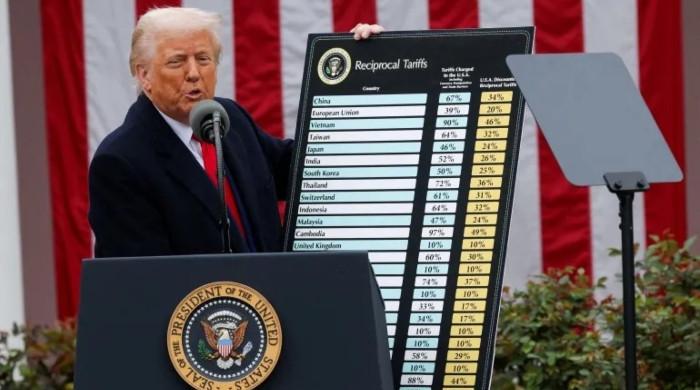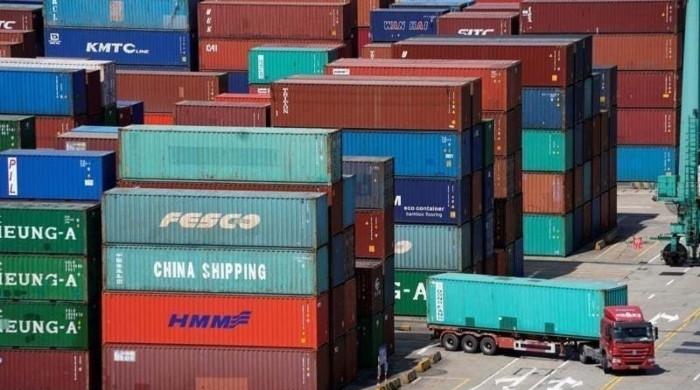Why the WTO matters now
President Trump’s recent aggressive tariff measures have inadvertently revitalised WTO’s importance
April 23, 2025
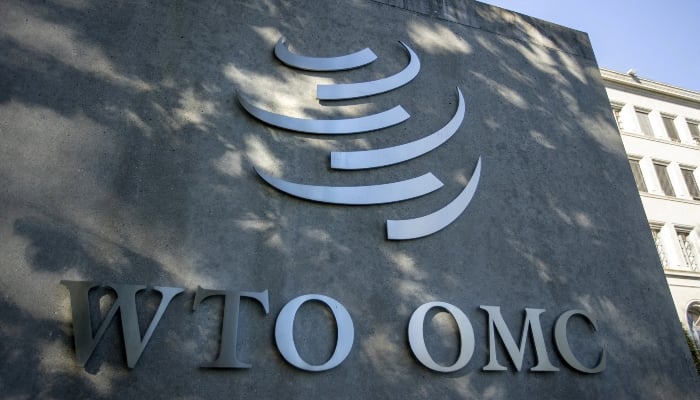
Launched in 1995, the World Trade Organization (WTO) was intended to create a stable, transparent, predictable and rule-based framework for global commerce, with a legally binding and impartial dispute settlement system.
Within four years, however, rights-based civil society coalitions and left-leaning movements from across the Global South and Global North had united in the belief that the WTO’s trade liberalisation agenda would privilege multinational corporations at the expense of labour rights, environmental standards and small producers’ livelihoods.
Chants of ‘Resist the WTO’, ‘Not for sale: Animals, Women, Our Food, Our Bodies, Life’ and ‘Stop Corporate Globalisation’ echoed through Seattle’s streets in 1999, as thousands of protesters disrupted the WTO’s third ministerial conference and derailed the launch of a new trade round. Proponents of globalisation failed to clinch any agreement there, but the anti-globalisation movement found its most visible stage.
In 2001, determined to avoid another ‘Seattle’, the WTO convened its fourth ministerial in Qatar, a monarchy with limited political rights. I also participated in the Doha ministerial as a civil society observer. The Qatari authorities had explicitly warned us that any ‘violent’ protest would cost us our accreditation. The Doha agenda included substantial liberalisation of agricultural trade and cuts to farming subsidies, and we feared that multinational agri-corporations – especially American giants – would devastate small farmers in developing countries.
I remember our wariness towards the American push for trade liberalisation in agriculture. So, the posters I took to Doha depicted Uncle Sam as an octopus crushing poor farmers and snatching up indigenous seed varieties. The late Martin Khor of the Third World Network helped energise our campaign with his incisive analyses advocating for more equitable global economic policies.
The fear of the neoliberal agenda and anti-WTO tensions reached a tragic climax during the fifth WTO ministerial conference in Cancun in 2003. While many of us – accredited observers – were protesting inside the conference venue. A South Korean farmer named Lee Kyung-hae climbed a fence outside and fatally stabbed himself in a desperate act of protest. His suicide highlighted the intense distress felt by farmers worldwide who saw WTO-style liberalisation as a threat to their existence. We carried his symbolic coffin during the rest of the conference, chanting ‘Free Trade Kills Farmers’ and ‘WTO is a killer’.
Many of us, who grew up listening to Bob Marley and romanticising progressive ideas, viewed the WTO as yet another neoliberal menace. Yet China’s accession to the WTO in 2001 demonstrated the transformative economic potential of embracing the global trading system. WTO membership granted China sharply lower tariffs and vastly expanded export markets, fuelling unprecedented growth.
In two decades, China rose to become a global economic powerhouse, lifting hundreds of millions out of poverty through export-driven industrialisation and fundamentally reshaping world trade dynamics. China’s economic miracle highlights both the promise and the pitfalls of globalisation, as well as the starkly divergent outcomes it can produce. Equally crucial to the WTO’s success was its binding dispute settlement mechanism – a neutral forum for resolving trade conflicts. Developing countries learned to use this legal system to defend their interests against more powerful nations.
Pakistan, for example, successfully challenged US quotas on cotton yarn in 1999, leading Washington to remove those restrictions after a WTO ruling in Islamabad’s favour. Similarly, in 2014, Pakistan won a case against the European Union’s tariffs on polyethylene terephthalate (PET), saving its exporters hundreds of millions of euros. By then, the WTO system had the capacity to level the playing field for smaller economies.
That legal pillar, however, was deliberately undermined during Donald Trump’s first term as president of the US. His administration systematically blocked appointments to the WTO’s Appellate Body starting in 2017, depriving the body of a minimum of three members needed to hear appeals by December 2019. That move paralysed the WTO’s ability to enforce its rules, and the rule-based trading system went into palliative care. Trump's rationale was that the WTO unfairly constrained US sovereignty and failed to adequately address what he perceived as trade abuses by other nations.
Unlike revoking Trump’s decision to withdraw from the Paris Agreement (which Trump has withdrawn again), the Biden administration followed the policy of his predecessor on WTO appointments. A dysfunctional WTO dispute settlement mechanism emboldened President Trump to levy his current whimsical universal and retaliatory tariffs (the latter are temporarily suspended for all except China) on the US’s trading partners.
While the rest of the world mulls over goodies to offer the US president to trade normally with the US after the 90-day tariff suspension period is over, China has shown its economic muscles. The tariff war between the two economic giants has entered the non-tariff arena too. China has announced it will not buy liquefied gas from the US. The US has announced a plan to impose fees on Chinese-built ships docking in US ports.
Amid this unpredictability, and without a neutral referee to address trade disputes, the global economy stands shaken. As a consequence, consumers will suffer everywhere. Developing countries will be the largest victims of this chaos, as WTO Director-General Ngozi Okonjo-Iweala has rightly said that trade policy uncertainty, notably the US-China standoff, threatens global growth, disproportionately impacting the most vulnerable economies.
Paradoxically, President Trump’s recent aggressive tariff measures have inadvertently revitalised the WTO’s importance (I, too, am writing a piece on the WTO after a gap of a good ten to twelve years). His unilateral measures, though disruptive, have reminded countries of the indispensable value of transparent, predictable and enforceable international trade rules backed by a structured dispute resolution process.
America’s left, loosely organised by the 50501 group (referring to 50 protests in 50 states on one day), took to the streets last Saturday: this time not to protest against globalisation but to express its displeasure with Trump’s policies. The progressive groups are not lone voices. Stock market players are also lamenting the volatility these policies have introduced to global markets.
Governments around the world (except China, which is openly condemning it), too, are cautiously raising their concerns about Washington’s trade bullying while attempting to stay in its good graces. However, few have shown the political will or any plan to strengthen the multilateral system they claim to value. The international community is clear about what it stands against but remains vague about what it stands for.
As long as this ideological confusion persists, the global economy will remain stuck in dangerous inertia – shaken by protectionism and power politics, with no concerted effort to revive and reform the only institution capable of ensuring fairness and predictability in trade.
The writer heads the Sustainable Development Policy Institute (SDPI) and is a member of the advisory board of the Asian Development Bank Institute.
He tweets/posts @abidsuleri
Disclaimer: The viewpoints expressed in this piece are the writer's own and don't necessarily reflect Geo.tv's editorial policy.
Originally published in The News





